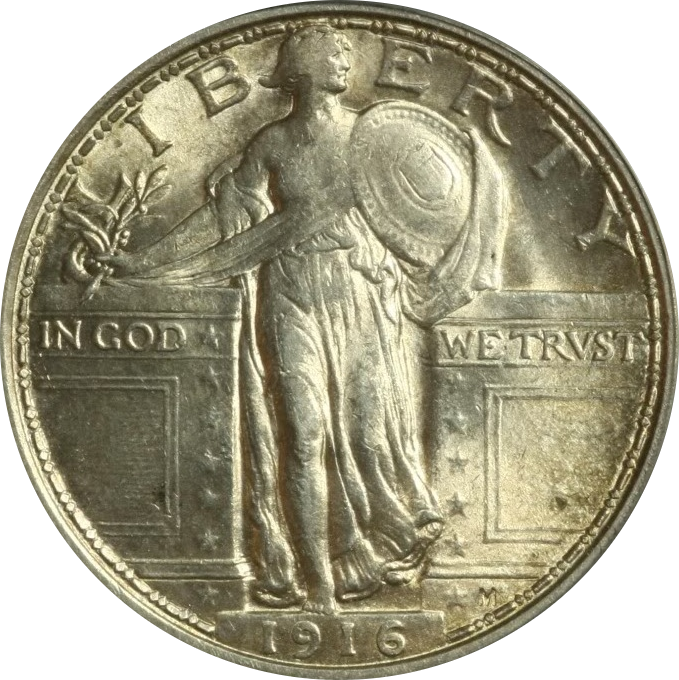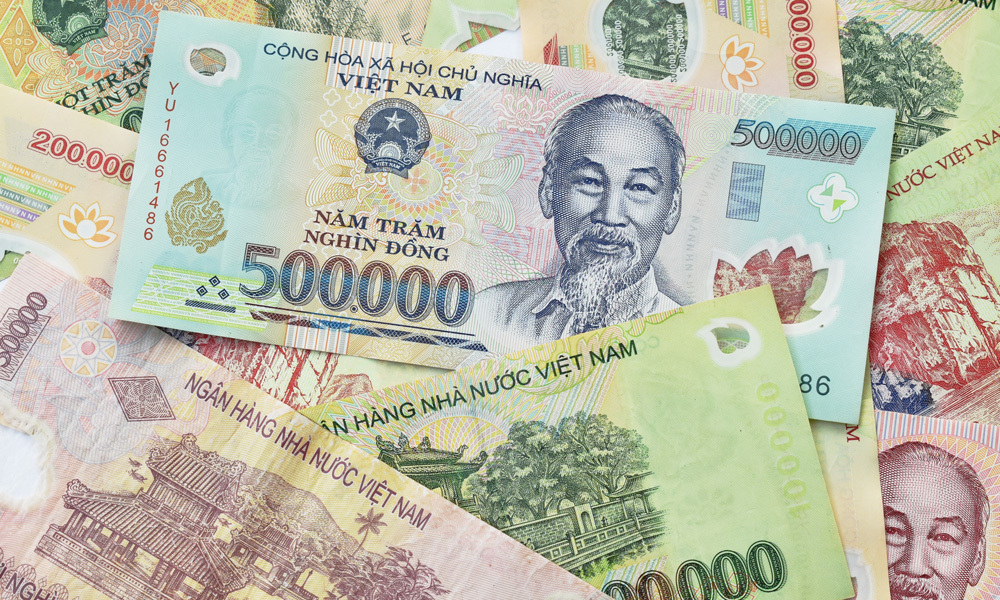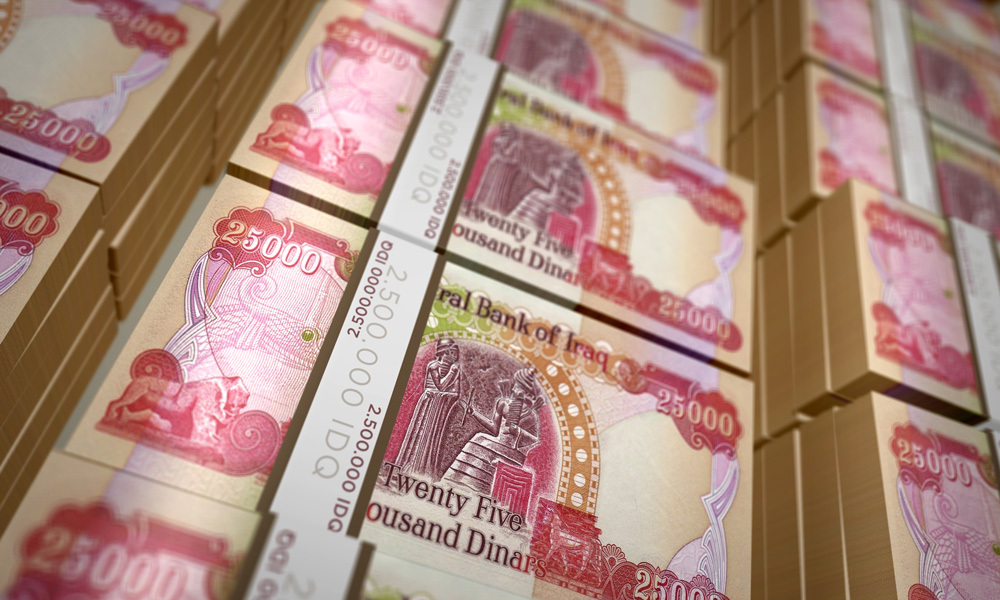By the turn of the 20th century dissatisfaction with the 1892 Barber designs on dimes, quarters, and half dollars was building. Mint Chief Engraver Charles E. Barber’s traditional-looking Franco-Roman bust seemed outdated and derivative when compared to coins like Saint-Gaudens’ beautiful $20 Doble Eagle gold coin.
By 1905 other sculptors and even presidents got into the act. Victor David Brenner, designer of the new Lincoln cent went so far as to submit unsolicited designs for new coinage, and Theodore Roosevelt famously decried the state of US coinage design as being unworthy of a great nation.
On the other hand, Philadelphia Mint Superintendent Adam M. Joyce complained that the recent gold, nickel, and cent designs were too complicated and impractical and that attention should be paid to “practical coiners” rather than artists. Fortunately, his whining was ignored.
To Redesign or Not?
When Robert W. Woolley took office as Mint Director in April 1915, he asked Joyce to have Barber submit some new designs for the dime, quarter, and half dollar. It seems Woolley misinterpreted a memo from the Assistant Treasury Secretary stating that coin designs could be changed after 25 years. Woolley took it to mean they must
be changed and set the redesign wheels in motion.
When Barber’s designs, now 35 years into his tenure as Chief Engraver, failed to enthuse, the Commission of Fine Arts, the body charged with overseeing federal design matters, selected sculptors Adolph Weinman, Hermon MacNeil and Albin Polasek to submit proposals for the new coins.
MacNeil’s designs were chosen, but several modifications were incorporated to make its manufacture easier and to make it look “less militaristic” at a time when the US was trying to stay out of the war in Europe.
The Standing Liberty Design
Less “militaristic” or not, MacNeill’s design sent a message. Liberty stands facing right, the implied direction of Europe, holding a shield inscribed with the Union Shield warning against aggression. She carries a cluster of olive branches in her right hand. Symbolically, they represent a preference for peace but a willingness to fight if need be. She stands assertively at a gate in a stone wall inscribed “In God We Trust,” ready to step through if called upon to defend the virtue she represents.
The reverse depicts an eagle in flight—again toward the east—with the national motto, E Pluribus Unum, inscribed between its outstretched wings. The message, if not precisely militaristic, was hard to miss.
A Scandal and the Woman Behind It
While the design was well received, it went a little too far for some people’s taste. Liberty’s classic drape covered only her left shoulder, leaving her right breast exposed. To calm down the complainers, MacNeill was told to cover her up, so rather than soften the image with more drapery, he covered her chest in chain mail.
And since inquiring minds wanted to know, speculation abounded as to who was MacNeill’s model for Liberty. While he never revealed her name, suspicion centered around a silent film star named Doris Doscher, whose stage name was Doris Doree. Nearly fifty years later it was suggested the actual model may have been the wife of one of MacNeill’s tennis partners, an identity MacNeill chose to conceal in the interest of domestic harmony.
Who said coin design was boring?
Mintage
Production of Standing Liberty quarters began in late 1916 with a very low mintage of 52,000 at the Philadelphia Mint and continued through 1930 except in 1922 when no quarters were minted. It was also made in smaller numbers by the San Francisco and Denver mints beginning in 1917. 1921 quarters were only struck in Philadelphia and none were struck in Denver in 1923 and 1930. Only about 5 and 10 proof coins were struck by Philadelphia in 1916 and 1917, respectively, with none struck in succeeding years.
The Standing Liberty Quarter was discontinued in 1930, replaced by the modern Washington Quarter. Over 214 million of the MacNeill quarters were made.
Rarity and Value of the Standing Liberty Quarter
With over 200 million coins produced, Standing Liberty quarters are not difficult to find in most dates, mint marks, and grades. Each mint typically struck well over a million coins annually, but mintages from San Francisco and Denver were much lower than Philadelphia, making those coins rarer and somewhat more valuable.
The scandalous 1916-1917 (Type 1) coins are prized with even mid-grade 1916 coins bringing nearly $10.000. The auction record is $48,000 in 2005 for an MS64 coin. 1917 coins are considerably less, ranging from a few hundred to around $3,000 for a top-graded example.
The more modest Type 2 coins generally cost less, but a lower mintage Denver or San Francisco coin in top condition can bring several thousand dollars.
Given the complexity of the Standing Liberty design, collectors look for well preserved details in the raised areas with what’s known as a “full head” and sharpness of other details affecting the value considerably.
Details of types, rarity, and pricing for Standing Liberty Quarters can be found on the PCGS Coin Facts website.



